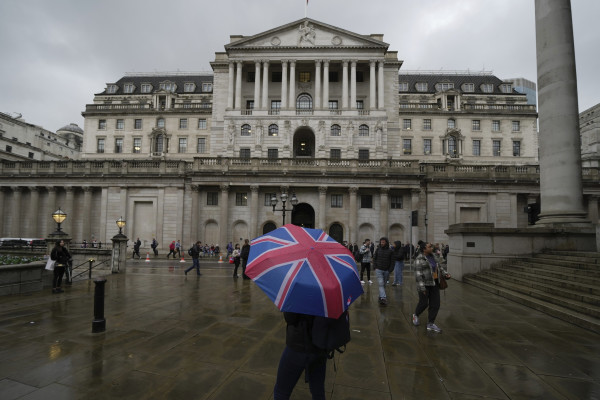

Fast-forward to present day and recent market turmoil following the ex-chancellor’s mini-budget-come-fiscal-event means that credit defaults are widely expected to increase, in both the retail and commercial lending sectors.
Despite the new chancellor’s actions to reassure and stabilise the market, five-year gilt yields remain more than 2 per cent higher than in July. And the latest credit conditions survey from the BoE did not provide much comfort.
And concerns over the turmoil led to the Financial Conduct Authority asking banks and advisers how they plan to step up and support struggling mortgage borrowers.
What did the survey show, and what does it mean for the mortgage market?
The biggest change highlighted by the survey is the reduction in new mortgages for house purchases, which is expected to continue in the next quarter.
At the same time, the demand for remortgaging is expected to continue to increase, which will be a challenge for homeowners as higher mortgage rates will put additional pressure on people already feeling the financial squeeze.
Given this, combined with increased volatility and interest rates since the survey, I expect future defaults to be even higher than previously expected. All of this ultimately highlights the importance of improving market resilience and lenders preparing for a credit downturn.
How can banks and other lenders mitigate risks?
There are steps that banks and other lenders can, and should, be taking to mitigate risks and the impact of shocks, as well as to support customers dealing with the financial volatility and higher interest rate environment.
You only have to look at the financial landscape over the past two decades to know, with some certainty, that turmoil of some degree is inevitable.
While it is challenging to predict exactly when times of turmoil will occur, it is possible, and advisable, to get on the front foot as much as possible to minimise the impact – both to the lender and to its customers.
There are three steps that should be considered:
1. Develop forward-looking scenario-based analytics to understand the impact of cost shocks, for example energy prices and interest rates, to customer economics.
Doing so both helps to inform new lending decisions and identifies customers most at risk.
From a practical perspective in relation to mortgages, this could mean expanding historic focus on those on standard variable rates to also look at those coming to the end of a fixed rate product.
2. Develop a broader suite of early warning indicators, leveraging the full range of internal and external data sources to identify both macro and customer-specific issues before any payments are missed.
For banks with current account customers, this can mean analysing account behaviour to identify increased expenses and decreasing balances.
3. Dust off scale-up plans for pre-arrears, collections, recovery and restructuring activities that were developed during the initial stages of the Covid-19 pandemic, but not required due to the level of government support.
There will be a wealth of planning that was not put into action that will be transferable to the current situation, provided any strategies used are updated to reflect the much higher interest rate environment.
For example, it would be unwise to overuse payment holidays where unpaid interest accumulates in the current higher interest environment.
How should banks support customers through the financial volatility and higher interest rate environment?
First, given the current climate, banks have an increased responsibility to their customers to help them understand how interest rate changes will impact their monthly outgoings.
It is simply not sufficient to keep levels of communication at the same rate; customers are seeking advice on what the new economic landscape will mean for them and how it impacts existing financial products, as well as any new products they need.
So, in addition to responding to inbound customer inquiries, banks should be upping the level of proactive outbound communication and maintaining it for the foreseeable future.
Second, banks should be encouraging customers to engage with them as soon as possible if they are struggling to make loan repayments or meet other financial commitments.
Earlier engagement can help reach solutions that are better for both the customer and the bank.
This is more the case in a scenario where interest rates are high and house prices are falling as equity is more quickly eroded for customers in arrears in that situation.
To get on the front-foot and be targeted, banks can identify their customers in the mortgage book and current account customers who are likely to experience significant increases in mortgage payments and ensure they are ready to step up and help them.
Third, where customers need finance and can afford it, for example to move house or for business customers needing to invest in equipment, banks should continue to provide finance to credit-safe customers, where possible.
UK banks have rebuilt their balance sheets and equity in terms of capital ratios, so they are in a stronger position than they were in the last crisis.
Continuing to responsibly lend to good credit quality customers will help to ensure mobility of labour and support the broader economy.
The current eco-political climate makes for particularly challenging times. But it also presents an opportunity for banks to lead by example and show, rather than tell, customers how they will support them through the continued turmoil and in the future.
Simon Low is a partner in the retail and business banking practice at Oliver Wyman



